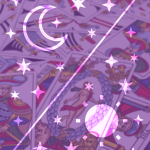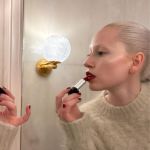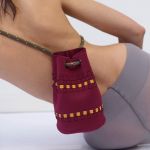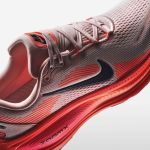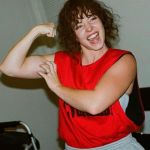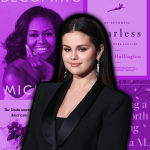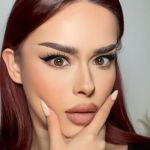
The problem with the Body Checking Trend that is trending on TikTok
When the body becomes an obsession

September 20th, 2022
TikTok is not just videos of make-up, fashion, cooking, and dancing. It is a universe of content, often questionable or, worse, dangerous. The latest ones that have raised concerns are encapsulated under the hashtag #bodychecking, which, with over 5.8 million views, has invaded the platform's For You pages. But what is body checking? It is the compulsion to look in the mirror or take mental note of body shape or weight to check its status, change, and appropriateness to our idea of how it should be. Paying attention to one's body is not inherently harmful. However, because many of us are already hyper-aware of our shape and are under immense pressure for our bodies to adhere to certain criteria, what may begin as an innocent checking of one's reflection can turn into more obsessive and intrusive thoughts and behaviors, acting as a trigger that, instead of reassuring, feeds the obsessions and insecurities of those suffering from an eating disorder or body dysmorphism.
A wide variety of behaviors and videos fall into this category: there are those who weigh themselves; those who check specific body parts in the mirror; those who compare their body shape with that of others; those who assess the size of, for example, their wrist by seeing how many fingers it takes to encircle it; those wearing baggy T-shirts and sweatpants who tighten their clothes around their bodies to show off their hourglass shapes in front of the cell phone camera. The protagonists of these TikToks are almost always teenagers, white and thin, which, to all the problems that arise from the popularity of body checking, adds to an unambiguous representation of what a physique looks like or should look like. Each of these images displays an unambiguous and often unattainable ideal of beauty and body that takes no account whatsoever of an individual's age or natural physical conformation, let alone their physical and mental health. Constantly comparing oneself to others, feeling inadequate by chasing a certain silhouette and obsessively monitoring its changes can easily result in anxiety, dissatisfaction and, in the worst cases, a veritable compulsion that triggers or exacerbates body dysmorphism and disordered eating.
@leanmeanbeanmachine69 morning beautiful people #selflove #lies #media #influencer #fyp #bodyissues #pose #bodycheck #shadows Back To Black - Amy Winehouse
@spookigio26 Dont do it babes! #ReTokforNature #PostitAffirmations #notagoodidea original sound - brii
@centrodisturbialimentari Il body checking aumenta o diminuisce le tue paure? #dcarecovery #dcafighter #bodychecking #fiocchettolilla #centrodca Beggin' - Måneskin
Already in the past, the app has been criticized for the presence of pro-ana content, and although the platform has issued a ban on content that promotes eating disorders, pledging to hide and remove it. Some tags such as anorexia, bulimia, and thinspo link back to support organizations and the National Eating Disorders Association hotline, but it is not so easy to prevent our For You from being invaded by videos promoting body checking because sometimes similar content hides are other hashtags such as #smallwaist (532.6 million views), #sideprofile (818.9 million views), #jawlinecheck (264.9 million views) or #hipwalk (59.4 million views) in which users drop their phones on their hips and walk forward, moving to the beat of music with the purpose of showing off their physique; those with the narrowest waists and widest hips get the best comments. The problem with TikTok? Because of the nature of an algorithm, after interacting with pro-ana content, you are even more likely to be shown similar and potentially harmful content.












